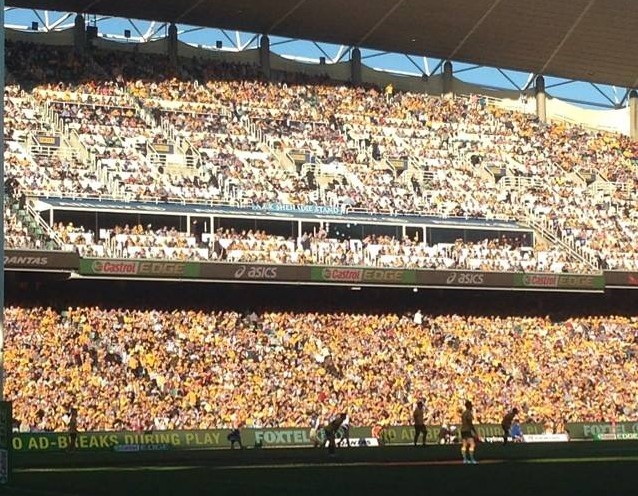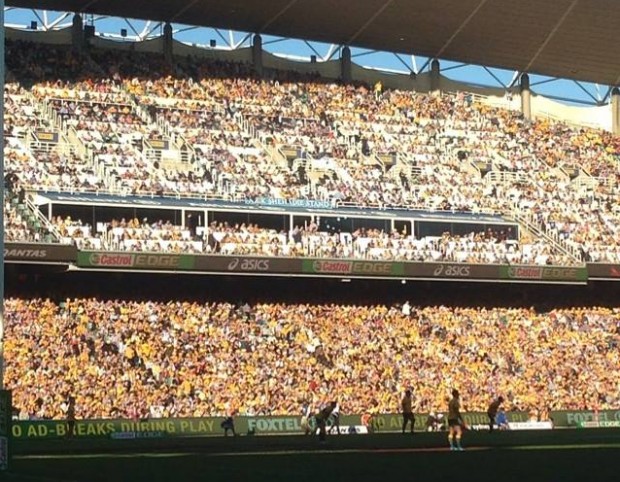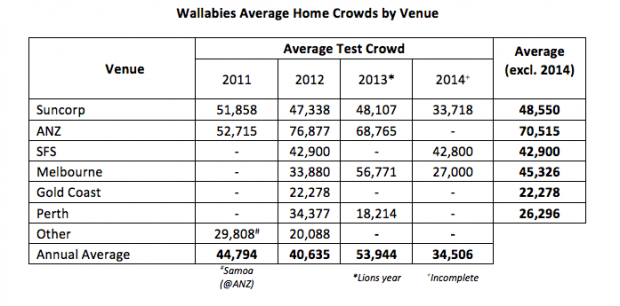Saturday’s test match at the SFS saw over 43,000 pack into the Sydney Football Stadium and the stadium was abuzz with an atmosphere unparalleled for a Sydney Rugby fixture. It seems that despite the ARU and Waratahs attempts to build the game in Western Sydney, the Eastern and Northern Suburbs of the city are still the heartland of Sydney Rugby and this heartland yearns for more Rugby at the SFS.
Je voudrais après-midi de rugby (I would like afternoon rugby)
The last time an international fixture was played at the SFS was in 2012, when 42,900 turned out to see the Wallabies get home in a thriller against Wales, 20-19. The atmosphere that day was also electric and played on a perfect, sunny day and running rugby abounded. So, I hear many ask, why aren’t the ARU playing more tests on afternoons? It seems some players including Tahs and former Wallaby backrower, Steve Hoiles agree, when he tweeted;
Can someone out there compare TV ratings & ARU takings from todays test V a night test. .How good would a day time Bledsoe test be at SFS
— steve hoiles (@stevehoiles) June 21, 2014
He makes a great point from a Sydney spectators perspective, but how does that translate more broadly to the wider rugby fans.
One key issue is TV ratings. Channel 10 ratings for the Sydney test were around 245,000 (with a 43,000 crowd) vs. 383,000 (with a 27,000 crowd) in Melbourne and 363,000 in Brisbane. Fox ratings were 172k for the Sydney test which was apparently around 100,000 higher the week before in Melbourne. Rumour has it that this cost Channel 10 as much as $650,000, so do you think they’re happy with the ARU this week…
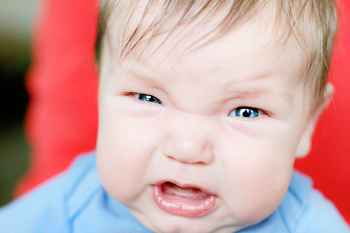
So, despite the dour, ordinary game that was the Melbourne test, it still out-rated the Sydney test with points a plenty, and fluid, running rugby. You could argue that the series was lost and the spectators had given up on the Frogs by the Sydney test, but the disparity in ratings of around 240,000 (both pay & free to air) it surely supports the night fixtures.
On the other hand, from a fans perspective (at the game) it was great. The surrounding suburbs pubs were full and festive and the crowd arrived wearing gold and were right into the match. It had a decidedly festive feel to the match, far more so than the sterile feel of matches at ANZ and the daytime rugby must have contributed to the improved handling.
Despite the feel good factor evident on Saturday, the ARU’s revenues might tell a different story if it was a Bledisloe which is likely a bridge too far. Last year’s Bledisloe at ANZ Stadium (Stadium Australia) attracted 68,765 spectators and that was considered disappointing. If we assumed that an average ticket costs $80 and the average Bledisloe would attract 73,000 at ANZ vs 43,500 at the SFS, then you’re talking about $2.4m in gate takings alone that you’d leave behind when choosing the SFS. Sure, you could hike prices because there are fewer seats but they’d have to be almost double to break even.
In 2012, the first Bledisloe, played at night, rated 702,000 viewers so its a ratings winner compared to the 420,000 for Saturday’s afternoon match. So, if you move more matches to afternoons, it’s probably not too long before your broadcast partners walk away or discount their offers significantly.
So, it would be good if you’re a resident of the city that hosts the afternoon test, but it probably wouldn’t benefit anyone except those who can attend the match. Broadcasters and their customers, both viewers and advertisers prefer prime time. Yes, the SFS atmosphere was great and child friendly, but you also get that atmosphere with large crowds of 70,000 plus at ANZ.
What about growing the game over the longer term?
From an ARU perspective, 2013, a ‘Lions year’ that produced $140m in revenue and 2014 is projecting revenue of $100m. In 2015, despite an IRB compensation of $15m, revenues are projected to be around $80m. “We’re on our way to being a few ¬million dollars short [in cash] in 2015,” Pulver admitted.
Bledisloes are the big money games. ANZ stadium has averaged 72,821 over the last 3 years compared to Suncorp’s, 51,873 (Melbourne managed 51,500 in 2010). In 2012, the first Bledisloe Cup also rated very well, with 702,000 as a night match, as did the 2011 Tri nations decider at 1.03m, substantially higher than any of the French matches, particularly the afternoon test. The host broadcasters love these prime time night matches.
“It’s not the employer who pays the wages. Employers only handle the money. It’s the customer who pays the wages.” – Henry Ford
The ARU basically cannot afford to lose ANZ Bledisloe matches. Nor can it afford to drop crowd sizes (as they’re a key revenue stream) or get the broadcasters offside and post weak ratings prior to renegotiating a new deal. It also seems the cash grabbing Asian tours to Tokyo and Hong Kong are also a thing of the past under Pulver, so that is gone as a way boosting revenues (it’s surprising the MCG hasn’t been mentioned).
And, if Pulver is talking about a long term growth strategy, then the best way to deliver a strategy is to build a warchest large enough to develop players and continue to survive and be competitive in the global marketplace. Playing at smaller venues where demand exceeds supply probably doesn’t make sense to support the broader financial interests of the game.
So can we have more SFS and afternoon tests?
Pulver is in a tricky position on the road back to profitability; he can try and increase revenues or reduce costs (or both) and he has gone some way towards the latter and is trying hard, and seems hopeful, that a new broadcast deal will return more dollars into the coffers in terms of revenues. Basically, they can’t afford to play too many afternoon tests and they definitely couldn’t afford to take the hit from playing a Bledisloe at the SFS in Sydney.
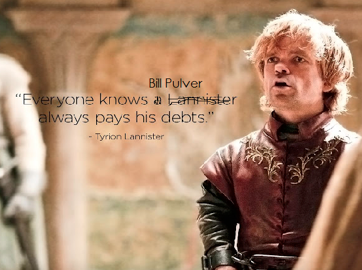 But like Hoiles, many would like to see more tests (if not Bledisloes) out of the SFS and it may be possible, but it would have to be at a cost to rugby fans in other cities unless more Tests are played.
But like Hoiles, many would like to see more tests (if not Bledisloes) out of the SFS and it may be possible, but it would have to be at a cost to rugby fans in other cities unless more Tests are played.
Perth and Gold Coast are the weak links in terms of crowd numbers. This is partly because they’ve hosted los Puma’s whose average crowd is only 20,246 (including the 2013 Perth match played in horrendous conditions). The Gold Coast fixture in 2012 only rated around 420,000 TV viewers which is significantly lower than against larger nations, and closer to Saturday afternoon’s French test.
Perth only had 34,377 in the crowd for the South African test in 2012 but one thinks there might be something building in the West and South African matches (supported by the large expat contingent) are the way to go there, plus there is a significantly larger population (1.7m vs Gold Coast & Newcastle, 0.6m) and favourable timing for South African viewers so it’s worth pursuing for a bit longer.
The profits on these smaller Argentinean games must be a lot slimmer – remember that many costs such as player payments are fixed – with margins being squeezed for these tests through much lower prices, smaller crowds and lower ratings – so you can see why smaller nations will struggle to get tests against the Wallabies and are relegated to smaller stadiums.
If the ARU could take either of those tests to the SFS and get more than 20,000 at higher prices than you could charge elsewhere, then you’d have to say that’d be useful in the current climate of fiscal austerity. There are of course those that say Gold Coast is of strategic importance, with the 7s and the odd test, but I cannot see it. The Queensland Reds have a lot more games each season and don’t play any matches at Robina.
Surely there is a case for rotating los Puma’s between the SFS and Suncorp on a Saturday night, as well as the normal touring schedule (eg. France).You might be able to get the same atmosphere that the SFS had on Saturday for the Pumas tests and given they’re an annual tourist, surely this is worthwhile.
By bringing the games back to the hubs, the ARU would be supporting its largest constituencies – rather than chasing growth in more speculative regions such as the Gold Coast (which is unsupported by a Super team). The money raised from higher crowds in these hubs could then be spent on growing the grass roots in areas such as the Gold Coast and Perth rather than charging a punitive $200 levy per club.
The Gold Coast has a single test this year against Argentina and Perth hosts the Boks, so it’ll certainly be interesting to see what sort of crowds turns out and the ratings that go with them.
So, yes, let’s bring back some SFS matches and if the 7s doesn’t work out up north, it’d look great at Bondi too…

